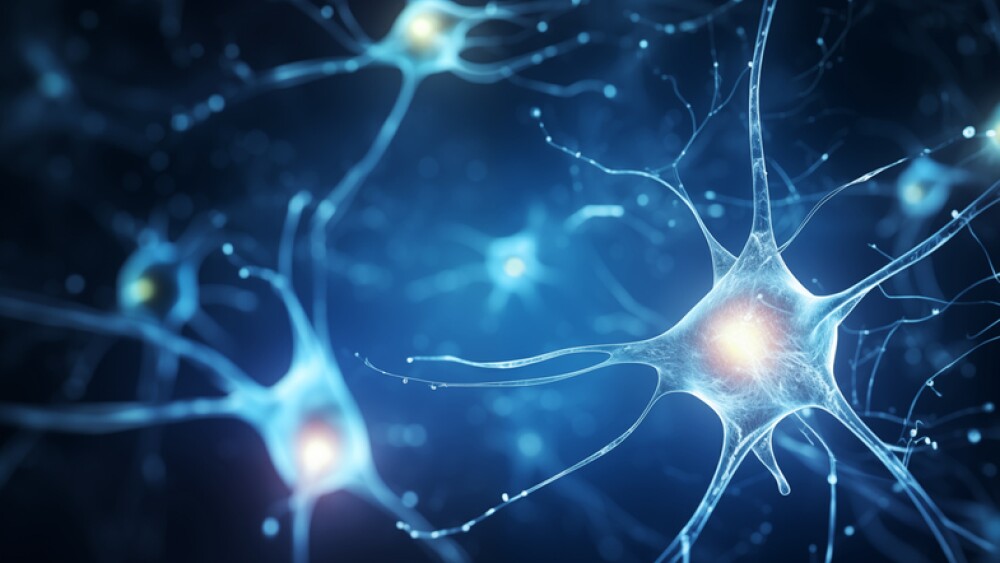The use of artificial intelligence (AI) is making it possible to discover new drugs faster, cheaper, and more efficiently.
WEDNESDAY, DECEMBER 12, 2018
The use of artificial intelligence (AI) is making it possible to discover new drugs faster, cheaper, and more efficiently.
Chemists at the University of Waterloo have introduced AI to interpret the results acquired by the differential mobility spectrometry (DMS) technique to predict drug properties. This could reduce in principle the time between concept and coming to market of new drugs by years and decrease production costs by $100s of millions.
DMS is a technique that analyzes molecules based on their response to an electrical field and condensation-evaporation cycles. In the past, chemists were typically restricted to assessing the properties of a single class of drug at a time with this technique, a limitation eliminated by the introduction of AI into the process.
“AI has reduced the analysis time and made the process general and more efficient,” said Scott Hopkins, a professor of chemistry at Waterloo. “Before, when we were only using DMS, we could study a single class of drug at a time to look for property correlations, but with the introduction of machine learning we can examine numerous types of drugs simultaneously. This really improves our accuracy and increases the rate of screening.”
In addition to previously being confined to looking at a single class of drug at a time, researchers were also restricted to assessing drugs that were similar to others that they had previously studied and logged in their database. With the introduction of machine learning, the researchers can now investigate all types of drugs simultaneously, even if they hadn’t previously investigated direct analogues. This new methodology greatly improves testing accuracy while reducing the time required in the lab.
“The other thing that we can potentially do with this technique is to go back through drug libraries to look for things that didn’t make the cut in the 1970s and 1980s but might actually be good drugs,” said Hopkins. “Back then, testing techniques weren’t as good. Because we’re now able to test more quickly and accurately, we can rescreen these old drug candidates.”
“This doesn’t just stop at drug molecules; we can pretty much study any molecular system this way. For example, the nuclear energy sector might be interested in properties measurements over a range of conditions, and there are potential applications for the development of sensors and new materials.”
The study, Determining molecular properties with differential mobility spectrometry and machine learning, was recently published in the journal Nature Communications.
MEDIA CONTACT | Ryon Jones
519-888-4567 ext. 30031 | @uwaterloonews | uwaterloo.ca/news




